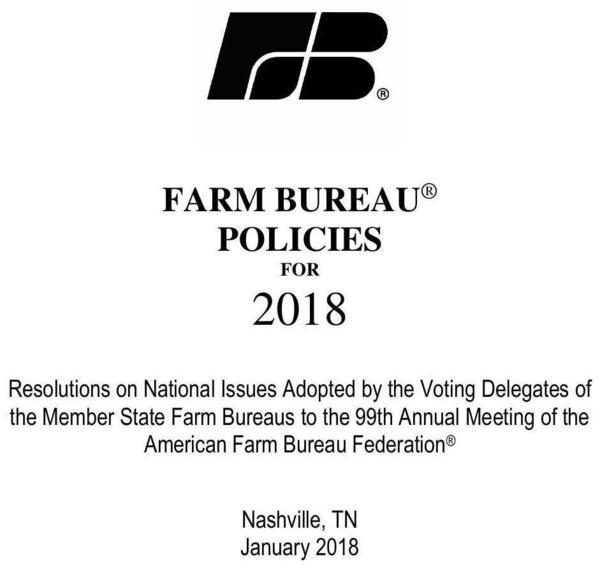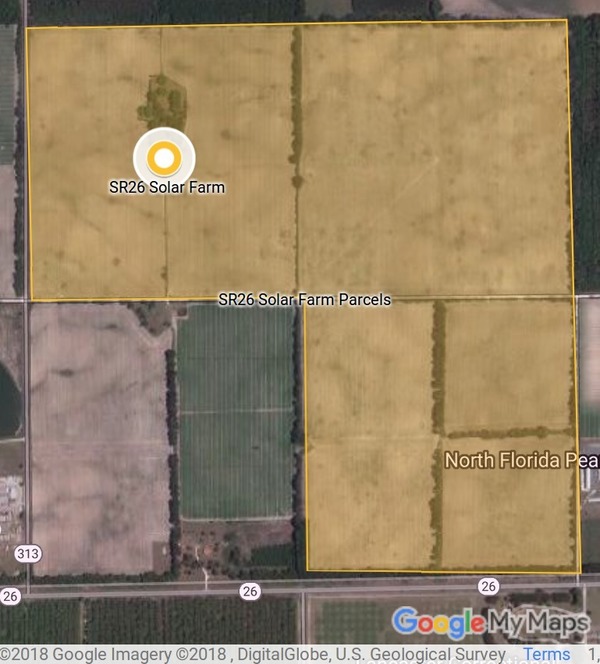Seven of the fourteen Florida Waterkeepers visited the Florida Department of Environmental Protection (FDEP) to express our serious concern and a sense of urgency to protect and restore Florida’s rivers, coast, bays, estuaries, lakes, springs, and aquifer, especially about resiliency after hurricanes, harmful algal blooms, BMAPs, and phosphate mines. I congratulated Noah Valenstein on his meteoric rise: only two and a half years ago he was just starting as head of the Suwannee River Water Management District (SRWMD), and now he’s the head of FDEP.

L-R: Andy Hayslip (Tampa Bay Waterkeeper),
Georgia Ackerman (Apalachicola Riverkeeper),
Marty Baum (Indian Riverkeeper),
Jen Lomberk (Matanzas Riverkeeper),
Drew Bartlett (Deputy Secretary for Ecosystem Restoration, FDEP),
Whitney Gray (Administrator, Florida Resilient Coastlines, FDEP),
Rick Frey (St. Marys Riverkeeper),
Lisa Rinaman (St. Johns Riverkeeper),
Noah Valenstein (Secretary, FDEP),
Shannon Blankinship (Advocacy Director, St. Johns Riverkeeper),
John S. Quarterman (hat, Suwannee Riverkeeper),
Tom Frick (back, Director, Division of Environmental Restoration, FDEP); Photo: John S. Quarterman for WWALS

:format(webp)/cdn.vox-cdn.com/uploads/chorus_image/image/60671369/solar_ring.0.jpg)







